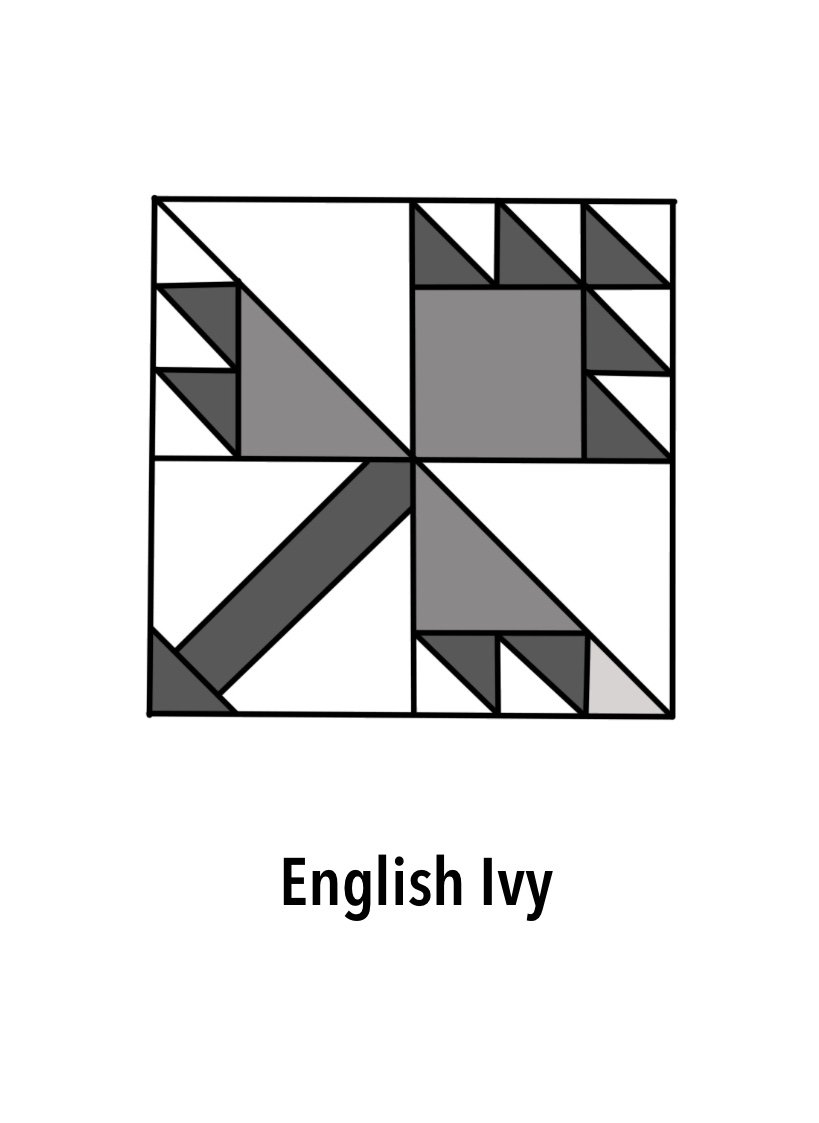Quilter's Inspiration Deck: 100 Cards to Unleash Your Creativity Cards – November 25, 2024
by Teresa Fiehn Millies (Author)
78 playing card size oracle cards to bypass your doubt.
This is not a pattern.
It is a creative process.
Quit fretting. Let fate decide.
Many of us have forgotten how to play. As children, we naturally embrace the curiosity and exploration. In play, we don't need to be concerned with the outcome, just the process. By allowing ourselves to take a break from making decisions, we can recover the simple joy in creation.
Play is a great way to relax and explore our creativity in a safe environment, to learn new skills and practice problem-solving.
There are no measurements or fabric requirements. You can make something nice to give away, or throw it in the trash when the exercise is done.
The names of blocks are included so you can find a pattern, figure out the measurements to make a pattern, or you can wing it.
You can use expensive fabric or old sheets.
There are absolutely no expectations or judgements in this sandbox.
If the cards ask you to make something out of your comfort zone, that's great! You're so lucky! You have been given the opportunity to release control and stretch your skills.
First things first.
Before anything, get your energy right.
Before you pull cards, sit for a moment and be still. Center your body on your chair or stabilize yourself on your feet. While breathing deeply take a moment to pull your mind away from tasks, decision making, and black and white thinking.
Bring yourself into a simple state of openness.
Do this by breathing intentionally, thinking about the space where heart sits, and pulling your energy into your chest.
Take some deep breaths here until your mind is calm and your body is relaxed. You want to feel ready to be fully yourself.
Now shuffle your cards.
Givens + Variables
First decide if there is something you are starting with. The deck is made to be used together with a clean slate but inevitably you are going to have things that you want to start with. Are those precuts looking like fun? Does it have to finish a certain size? Do you know you want to use all the colors in your stash? Or just black and white? Do you have a block already in mind?
These are called “givens”. And they are perfectly great!
Everyone’s process is different.
Each section can be pulled out and used individually.You may have all the givens except you aren't sure which color you want to be the focus or even what which block to use. Just grab those two sections and get going.
Say you just feel like playing and have zero givens in mind. Go ahead and pull a card from each theme. These are your “variables”. The deck is split into themes based on the questions that need to be answered to create a quilt top. For the most open experience, play with all the sections together and let whatever happens, happen.
Variables or Themes or just “The Cards”
15 Cards
The colors of the wheel plus black, white and brown.
Choose a color as a starting point, or one to add later. Each color shows the true color, a shade and a tint. If you want to get really in there grab a quarter and flip for tint or shade. Or roll a die to decide what percentage of tint or shade to use.
12 cards
There are many ways to color a quilt.
Draw a card to choose a color theory. When you know what color you are starting with, imagine the arrows on the card turn within the circle.
9 Cards
A shape is a part of a block in quilting.
What will be the corner in the medallion. What will I repeat for my coping strip? What shape will be the focus of the quilt? What shape should I use to practice my improv?
25 cards
A block is a design made up of shapes.
What will my repeating block be? What will my center medallion be? What will go around the edge of the medallion?
6 cards
The directional movement of the design.
What corner do I start with when I piece? Will you keep the block uniform or rotate it? Or mirror it?
5 Cards
2, 3, 4, 5 and 6. Just in case you need them.
How many blocks or rows or columns should I make? How many colors should I put in each block? How many different shades of red should I use? How many times will I repeat a pattern? How many inches should I make each block or part of the block? How many pieces in this project?
5 Cards
A few traditional quilt top layouts.






























